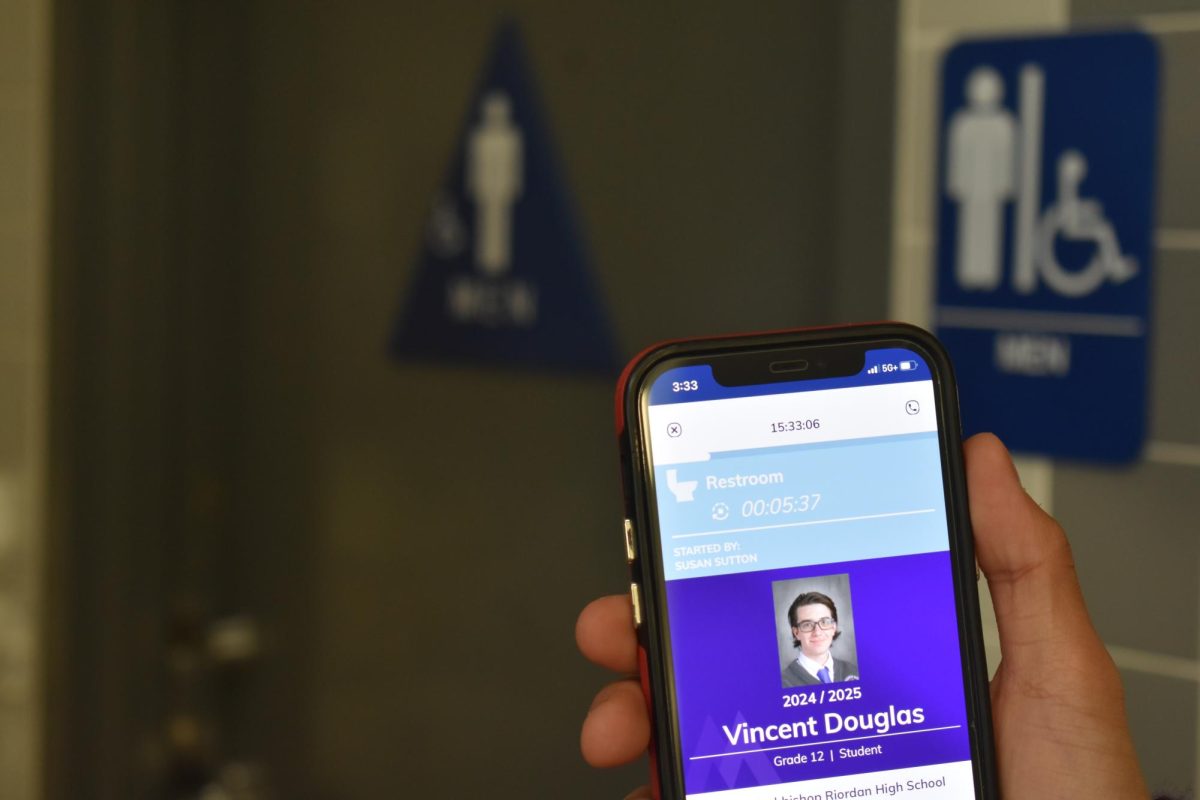The grading policy of Archbishop Riordan has changed to be more focused on assessments, and less on practice assignments like homework. This new policy for all classes is not the positive change that some see it as.
In classrooms around school, teachers are assigning “practice” instead of homework, where it can only be graded as 0-5 percent of a student’s grade. This may seem like an excuse for students not to do homework, but this is deceptive and misleading.
The whole reason homework is assigned is to prepare you for the test, and if you do not complete a practice for a test, the grade will re ect a lack of preparation. Before the change, homework counted for much more, which encouraged students to complete the work to help them prepare for the test.
Speaking of the old value of homework, under the old way of grading, some classes were completely homework and class work based, which rewarded participation and hard work. Usually, students who did homework did well on tests, and if they were not getting the best scores on the exams, the large homework buffer helped their grade. The word “buffer” makes it seem like the homework grade in ated a person’s grade, but this, in my opinion, is wrong.
If you were to do all the work in a class, and fail a test, it can mean a multitude of things. It could be that you are a bad test taker. It would not be fair that you completed the homework awlessly, but your test brought it down heavily. The old grading system allowed for a student to show the teacher that he knew the content, and his grade could still stay a oat while the teacher determined a new assessment for that student.
In addition, PowerSchool may look deceptive. With a grade based mostly on assessments, teachers who do not often give quizzes or tests may not update grades because they have no assignments that can affect the student’s grade. This can result in a student having a bad grade for longer than he should.
In short, our old grading system felt right.






